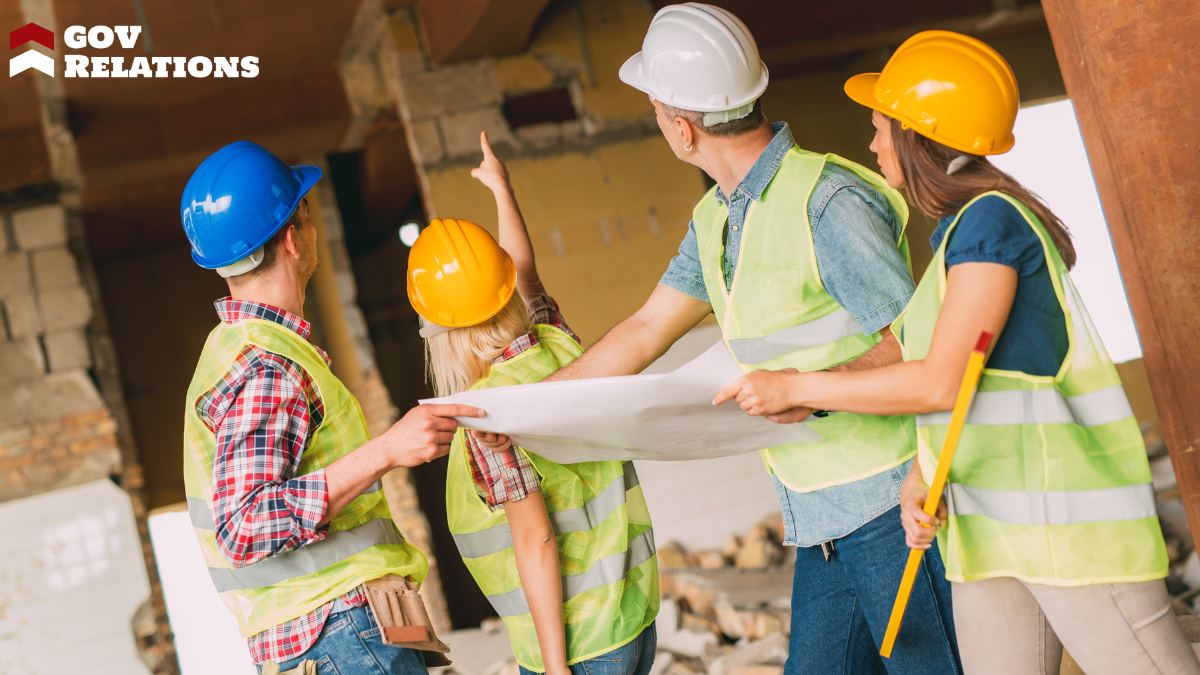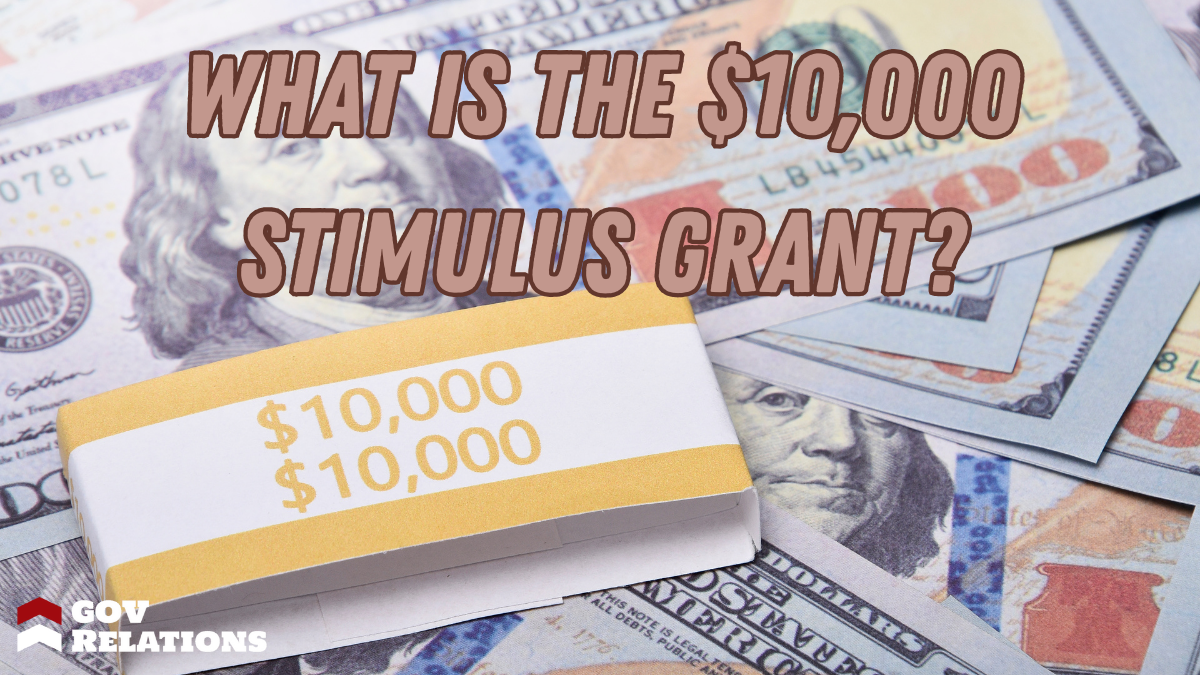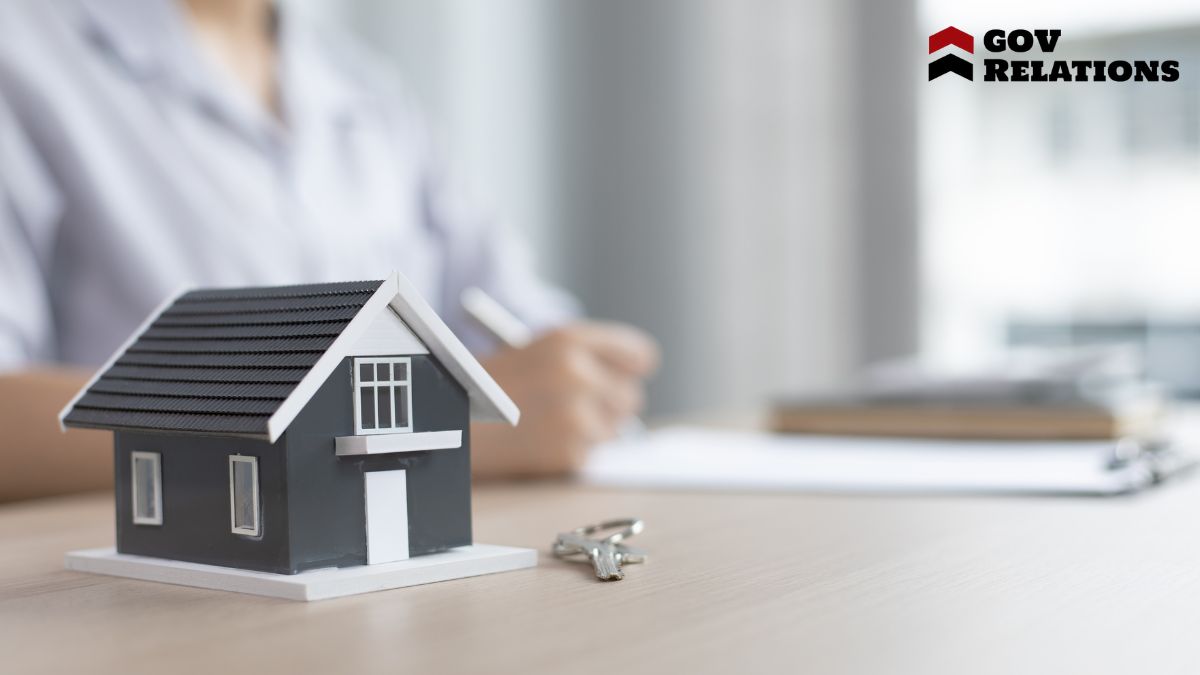If you're wondering whether disaster relief grants cover utility reconnection fees, you're not alone. These fees can be a significant burden during the recovery process, and understanding what expenses are covered is essential. Disaster relief grants often aim to help with essential services, but specifics can vary. It's important to explore the different programs available and see how they might assist with reconnecting your utilities. What other options might you have for tackling these costs?
Key Takeaways
- Disaster relief grants typically do not cover utility reconnection fees directly.
- State and local governmentsMunicipal or county governments that provide grants and funding for community projects and services.... may offer financial aid for utility reconnection after disasters.
- Partnerships with utility companiesEnergy and water companies that provide funding for community projects and sustainability initiative... can result in reduced or waived reconnection fees.
- Community programs might provide grants or loans to cover reconnection costs.
- Charitable organizations like Salvation Army offer assistance for utility reconnection fees.
Understanding Disaster Relief Grants
When disasters strike, understanding disaster relief grants becomes vital for those in need of financial assistance. You may wonder how these grants can help you recover.
They're designed to offer financial support for basic needs like temporary housing, home repairs, and other important expenses. These grants are typically provided by government agencies or non-profit organizations to help individuals and families get back on their feet after a disaster.
To qualify, you'll need to meet specific criteria, such as proving your residency in the affected area and demonstrating financial need.
It's important to gather necessary documentation and submit your application promptly. Remember, each disaster relief program may have different requirements, so carefully review the guidelines to guarantee you maximize the support available to you.
The Importance of Utility Reconnection After Disasters

After a disaster, reconnecting utilities is essential for restoring fundamental services that keep you safe and comfortable.
Without quick action, the economic impact can grow, affecting both personal finances and community recovery.
You'll find that utility reconnection isn't just about convenience—it's a significant step in getting life back to normal.
Essential Services Restoration
In the aftermath of a disaster, reestablishing utility services becomes crucial for community recovery and well-being. You can't underestimate the importance of having electricity, water, and gas services restored quickly.
These essential utilities support everyday tasks, like cooking, maintaining hygiene, and keeping your home safe and warm. Without them, life's basic functions become challenging, prolonging the distress and disarray you already face.
Restoring these services is imperative because it helps you regain a sense of normalcy and stability. It allows you to focus on rebuilding your life.
Additionally, ensuring utilities are back up and running supports emergency services and local businesses, fostering a quicker recovery for the entire community. Reliable utility services are a cornerstone of post-disaster resilience and recovery.
Economic Impact Consideration
Swiftly reconnecting utility services after a disaster isn't just about comfort—it's a crucial economic driver. When your electricity, water, and gas are restored, businesses can reopen, and the local economy begins to recover.
You mightn't realize it, but every day without utilities means lost revenue for local stores and restaurants, which affects jobs and livelihoods. The quicker you get these services back online, the sooner normalcy returns, allowing economic activity to flourish.
Additionally, having reliable utilities attracts outside investment and support, which is fundamental for long-term recovery. It's not just about flipping a switch; it's about reigniting a community's economic engine.
Eligible Expenses Under Disaster Relief Grants
While disaster relief grants aim to alleviate the financial burden during recovery, understanding which expenses are eligible is essential for making the most of this assistance.
You’ll find that these grants typically cover basic necessities such as temporary housing, home repairs, and essential personal property replacement. They may also cover medical and dental expenses related to the disaster, as well as transportation costs when your primary vehicle is damaged.
However, not all costs are covered, so knowing what’s eligible guarantees you can prioritize effectively. Keep in mind that luxury items and pre-disaster debts are generally not covered.
Always check the specific guidelines of the grantA sum of money given by a government or other organization for a particular purpose, usually without... you’re applying for, as they can vary and determine what assistance you’re able to receive.
Utility Reconnection Fees: What They Entail
When your utilities are disconnected after a disaster, reconnection fees can become an unexpected burden.
These fees often arise when power, water, or gas services need to be restored, particularly impacting those already struggling to recover.
Understanding these charges and their implications can help you navigate the financial challenges they pose.
Definition of Reconnection Fees
Reconnection fees, often encountered after a utility service disconnection, are charges imposed to restore service to your home or business. When you fail to pay your utility bills, companies might disconnect your electricity, water, or gas.
To get these services back, you'll need to pay a reconnection fee. This fee covers the cost of sending a technician to your location to physically reconnect the service.
It's important to understand that these fees vary by utility company and location. They can be a flat rate or depend on how long the service was disconnected.
Knowing about reconnection fees helps you manage your budgetA detailed financial plan outlining the projected costs of the project, including personnel, equipme... and avoid unexpected costs. Being proactive in managing your utility accounts can prevent disconnections and these additional fees.
Common Reconnection Fee Scenarios
Although most of us hope to never face utility disconnection, it's essential to be prepared for common reconnection fee scenarios. You might encounter fees when you forget to pay your bill, when moving to a new home, or after a service interruption due to maintenance work.
Each situation can bring a different fee structure, depending on your utility provider’s policies. Forgetting to pay usually results in a straightforward reconnection fee. Moving could involve both disconnection and reconnection fees, especially if you’re switching providers.
Service interruptions might incur fees if they're due to repair work on your end. Knowing these scenarios helps you plan and allocate funds accordingly. Always check with your provider to understand specific fees you might face in these situations.
Impact on Disaster Victims
Facing a natural disaster can be overwhelming, and utility reconnection fees only add to the stress for victims trying to rebuild their lives. You might find yourself burdened by unexpected costs that aren't immediately covered by disaster relief grants.
Here's how these fees can affect you:
- Financial Strain: Reconnection fees can quickly add up, leaving you with less money for essentials like food and clothing.
- Delays in Recovery: Without utilities, it's hard to move back home, delaying your return to normalcy.
- Increased Anxiety: Worrying about how to cover these costs can heighten stress during an already difficult time.
- Limited Assistance: Sometimes, the financial aid available doesn’t fully cover these expenses, requiring additional out-of-pocket spending.
Understanding these impacts can help you plan better in the face of adversity.
Federal Assistance Programs and Utility Costs

When disaster strikes, federal assistance programs can be crucial in helping you manage rising utility costs. The Federal Emergency Management Agency (FEMA) offers financial assistance, which can be critical in covering unexpected expenses.
While FEMA doesn't directly pay utility reconnection fees, their grants might cover related costs, like temporary housing or essential repairs, that indirectly ease your financial burden.
The Low Income Home Energy Assistance Program (LIHEAP) is another resource, helping you pay your energy bills and reduce the risk of disconnection. These programs guarantee you maintain access to essential utilities during recovery.
To qualify, you’ll need to apply and meet specific criteria, so it's important to act quickly and gather all necessary documentation. Understanding these options can ease your recovery journey.
State and Local Support for Utility Reconnection
Beyond federal programs, state and local governments often step up to support utility reconnection after disasters.
You might find that your state or local community provides various forms of aid to guarantee you’re not left in the dark. Here’s how they can help:
- Financial Assistance: Some states offer funds specifically for covering utility reconnection fees. Check your state’s disaster relief resources.
- Partnerships with Utilities: Local governments sometimes partner with utility companies to waive or reduce reconnection fees for affected residents.
- Community Programs: Nonprofits or community organizations may provide grants or low-interest loans to cover these costs.
- Emergency Services: In some areas, emergency services might facilitate quicker reconnection through expedited processes or priority status.
Explore these options to ease your recovery process.
Applying for Disaster Relief Grants
If you're looking to secure disaster relief grants, understanding the application process is essential.
Start by gathering necessary documents like proof of identity, residency, and any damage reports. Visit official websites like FEMA's or your local disaster relief agency to find specific grant options and requirements.
Create an account on these platforms to track your application statusThe current stage of the grant application, such as submitted, under review, approved, or rejected. online. Pay attention to deadlines and submit your application as soon as possible to avoid delays.
Double-check all information for accuracy, as errors can lead to processing setbacks. Reach out to support services if you need help filling out forms.
Most importantly, keep copies of all documents and communications for your records. This preparation increases your chances of successfully obtaining the aid you need.
Additional Financial Aid Options for Utility Reconnection

When you're facing utility reconnection challenges, consider exploring local assistance programs that may cover some costs.
Charitable organizations are also a great resource, offering support to those in need.
Additionally, talk to your utility provider about payment plan options to ease the financial burden.
Local Assistance Programs
Many communities offer local assistance programs to help individuals reconnect their utilities, especially after financial setbacks. If you're facing utility disconnection, these programs can provide essential relief. Here are some options you might consider:
- Local Government Programs: Check with your city or county for utility assistance programs. They often allocate funds to help residents during emergencies.
- Community Action Agencies: These organizations work to alleviate poverty and may offer utility reconnection aid as part of their services.
- Low-Income Home Energy Assistance Program (LIHEAP)A federal program that helps low-income households with their home energy bills.: Although federally funded, local agencies administer these funds, which can include help with reconnection fees.
- Utility Company Assistance: Some utility companies offer hardship programs. Contact your provider to see if they offer payment plans or fee waivers.
Charitable Organization Support
Although facing utility disconnection can be intimidating, numerous charitable organizations extend a helping hand to those in need. You can find support from charities like the Salvation Army, Catholic Charities, and United Way, which often provide financial aid specifically for utility reconnection fees.
These organizations understand your struggles and aim to offer a lifeline when you need it most. You should reach out to local branches of these charities to inquire about their available programs. They'll guide you through the application process and inform you about any required documentation.
Payment Plan Options
If you're struggling to pay utility reconnection fees, consider exploring payment plan options offered by utility providers. Many companies understand financial hardships and offer solutions to ease the burden.
Here are some options you might find helpful:
- Deferred Payment Plans: Spread your reconnection fees over several months, making it easier to manage your budget without immediate financial strain.
- Budget Billing: Equalize your monthly payments throughout the year, which can include your reconnection fees, to avoid seasonal spikes.
- Low-Income Assistance Programs: Check if you qualify for reduced rates or additional support designed for low-income households.
- Flexible Payment Arrangements: Negotiate terms that align with your financial situation, possibly delaying portions of your bill until your finances stabilize.
Tips for Managing Utility Costs Post-Disaster
Facing the aftermath of a disaster can be overwhelming, but managing utility costs doesn't have to add to your stress. Start by contacting your utility providers to explain your situation. They may offer flexible payment options or waive late fees.
Monitor your energy usage closely. Simple actions like unplugging unused electronics and adjusting your thermostat can make a significant difference. If you have a budget, prioritize utility bills alongside essential expenses, ensuring you're not caught off guard by unexpected costs.
Don’t hesitate to reach out to local community organizations for advice or assistance. They often have valuable insights and resources to help you manage.
Resources for Further Assistance
Where can you turn when you're seeking further assistance after a disaster? Steering through post-disaster relief can be overwhelming, but several resources can help you find the support you need. Here’s a list to guide you:
- Federal Emergency Management Agency (FEMA): They offer various programs for disaster assistance. Check their website or contact them directly for information tailored to your area.
- American Red Cross: Known for providing emergency shelter and food, they also offer guidance and resources for recovery.
- Local Nonprofits and Charities: Organizations in your community often provide grants, aid, or counseling to help you get back on your feet.
- Utility Companies: Many offer programs or temporary relief for reconnecting services post-disaster, so don’t hesitate to reach out and ask.
Conclusion
In managing the aftermath of a disaster, you’ll find that disaster relief grants can be invaluable, especially when it comes to covering utility reconnection fees. It’s essential to thoroughly review eligibility criteriaThe specific requirements and conditions that applicants must meet to qualify for a grant. and specific program guidelines to maximize the support you receive. Don’t forget to explore local assistance programs and charities, as they might offer additional aid. By understanding your options and seeking out resources, you can effectively restore essential services and begin your path to recovery.







